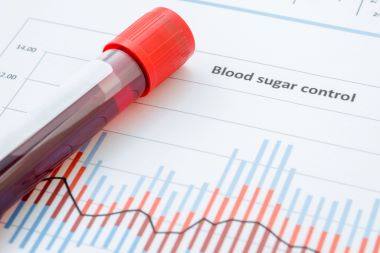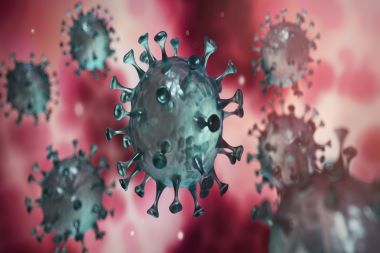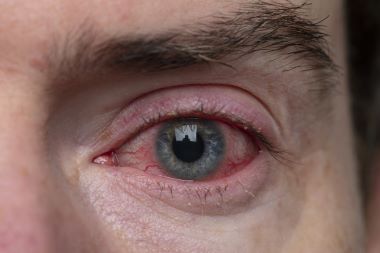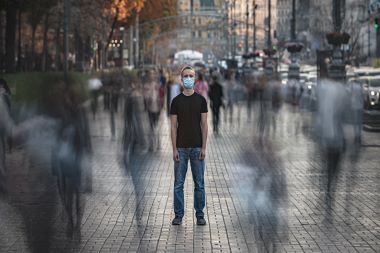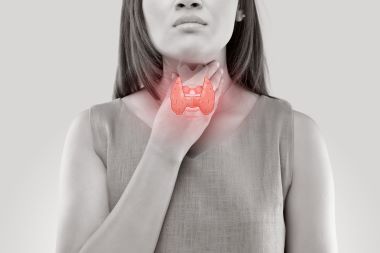We told you recently about a pair of studies out of China that suggested elevated fasting blood glucose could be a risk factor for severe disease in patients with COVID-19. Now a third study using the same data pool paints an even darker picture, with the authors concluding that a fasting blood glucose level ≥7.0 mmol/L in patients without a previous diagnosis of diabetes is an independent predictor for higher 28-day mortality. The odds ratio …
Read More